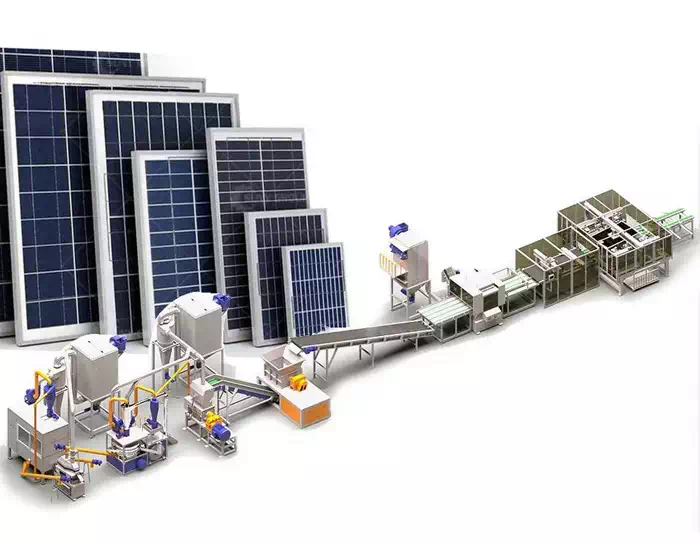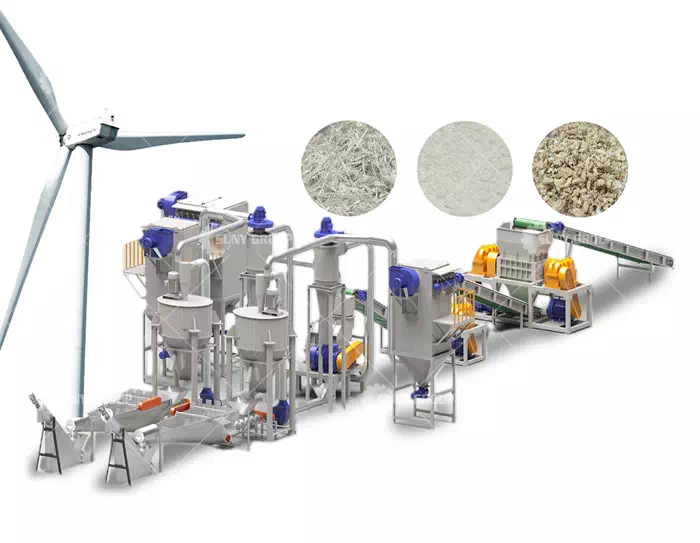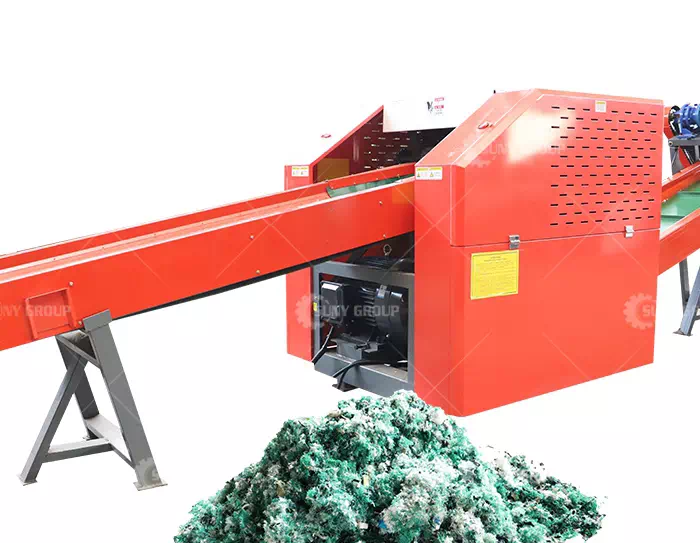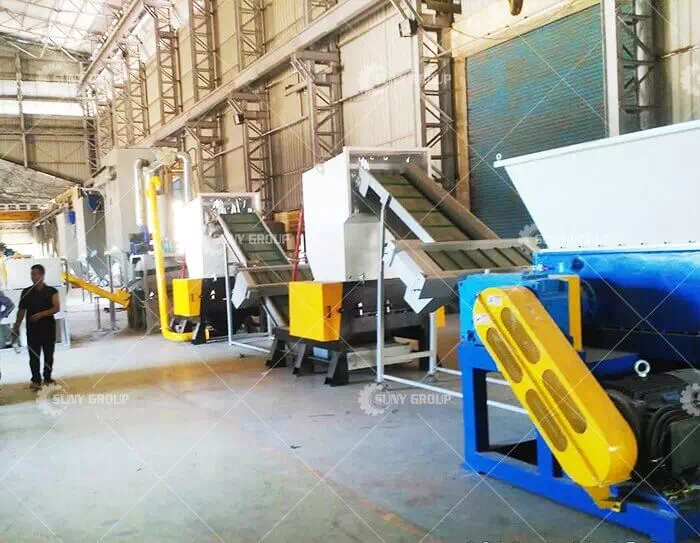Global Waste to Grow 70% by 2050 Unless Action is Taken
Although they only account for 16 percent of the world’s population, high-income countries combined are generating more than one-third (34 percent) of the world’s waste.
Without urgent action, global waste will increase by 70 percent on current levels by 2050, according to World Bank Group’s new report, “What a Waste 2.0: A Global Snapshot of Solid Waste Management to 2050.”
Driven by rapid urbanization and growing populations, global annual waste generation is expected to jump to 3.4 billion tons over the next 30 years, up from 2.01 billion tons in 2016, the report finds.
Although they only account for 16 percent of the world’s population, high-income countries combined are generating more than one-third (34 percent) of the world’s waste. The East Asia and Pacific region is responsible for generating close to a quarter (23 percent) of all waste. And by 2050, waste generation in sub-Saharan Africa is expected to more than triple from current levels, while South Asia will more than double its waste stream.
Plastics are especially problematic. If not collected and managed properly, they will contaminate and affect waterways and ecosystems for hundreds, if not thousands, of years. In 2016, the world generated 242 million tons of plastic waste, or 12 percent of all solid waste, according to the report.
What a Waste 2.0 stresses that solid waste management is critical for sustainable, healthy and inclusive cities and communities, yet it is often overlooked, particularly in low-income countries. While more than a third of waste in high-income countries is recovered through recycling and composting, only 4 percent of waste in low-income countries is recycled.
In addition, notes Biderman, tens of thousands of people live on dumpsites in Asia, Africa and Latin America, scavenging for something to sell.
Biderman points out that perhaps most tragic has been the increase in dumpsite slides over the past few years. Because most of these dumps are poorly designed and operated, they are unstable, particularly after heavy rains, which are common in the tropics, he says. Last year, a catastrophic dump slide killed more than 100 people in Addis Ababa, Ethiopia.
World Bank also notes that based on the volume of waste generated, its composition and how the waste is being managed, it is estimated that 1.6 billion tons of carbon dioxide equivalent were generated from the treatment and disposal of waste in 2016—representing about 5 percent of global emissions.
Recommend products
CONTACT US:
If you have any requirement or suggestion, please fill in the form and send to us, thanks!E-mail:sunymachine@gmail.com | Whatsapp:+8613674945231








